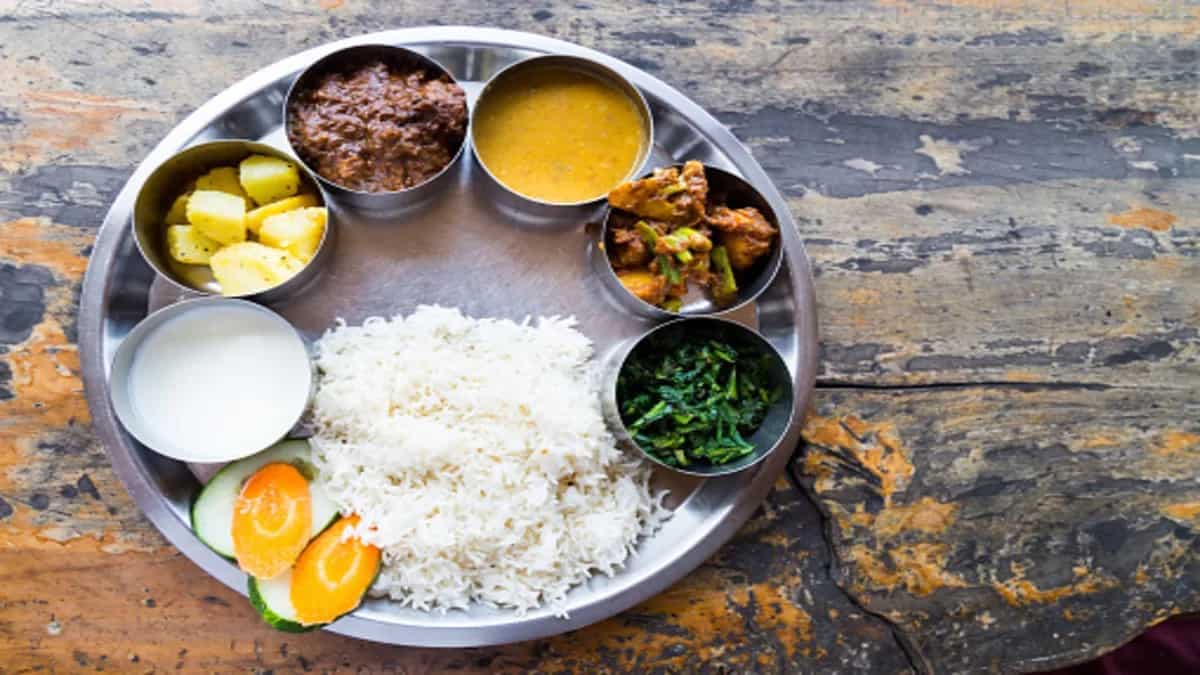The Parliament mansion houses four canteens in total, three of which are located in the mansion and one at the reception. The canteens within the mansion are designated for specific groups: one for honorable members and dignitaries, one for officers and staff, and one for media personnel. Additionally, there are two more canteens located in the Parliament Annex building and the Parliament library building. These two ancillary departments are closely connected to the Parliament estate. The canteen in the reception is open to the general public, regulated by entry passes that can be obtained via a reference.
The canteens in the Indian parliament serve as a hub for members of parliament and their staff, providing a space for them to grab a bite to eat and catch up with their colleagues in between sessions. But what kind of food can one expect to find at the Parliament canteen?

The parliament canteen offers a diverse selection of traditional Indian dishes, including a variety of rice and lentil dishes, such as dal tadka and boiled rice, as well as delicious vegetable curries like paneer kadhai and veg korma. Non-vegetarian options include classics such as masala omelets and quick eats such as mutton cutlets. There are a few continental dishes served at the canteens as well, such as authentic fish and chips that are prepared with basa and hand-cut potatoes. These dishes are prepared using a range of spices and cooking methods that are specific to Indian cuisine, giving visitors a true taste of the country's rich culinary heritage.
The food served in the parliament canteen is not only delicious, but it is also reasonably priced, making it accessible to all members of parliament and their staff. This is an important aspect of the canteen's role in parliamentary life, as it helps to foster a sense of community and camaraderie among those who work in the halls of government.
In 2020, the Indian parliament took the decision to remove the subsidy on food items sold in the canteens located within the parliamentary complex. This decision was taken as a cost-cutting measure, with the government citing the need to reduce expenses in the face of a challenging economic situation. The removal of the subsidy means that prices for items sold in the canteens have increased, which may be difficult for some members of parliament and staff who had come to rely on the affordable prices. The decision, however, elicited mixed reactions: some believed it would help reduce the exchequer's burden, while others argued that it would affect daily wage earners and low-income staff members at the parliament.
Regardless, the food served at the canteens continues to be affordable to most denizens of the parliament; a non-vegetarian buffet at any of the canteens costs just rupees 700, and a mini-vegetarian thali costs only rupees 50. Individual menu items are affordable as well; a chicken biryani at any one of the parliament’s canteens costs just 100 rupees, an absolute bargain for the price. All the food served in the parliament is prepared by the India Tourism Development Corporation (ITDC), which was entrusted with the honor following the removal of the subsidy in 2020.
The ITDC has expanded the menu since, introducing several regional specialties at economic rates. December of 2022 saw the latest such revision to the menu, with the addition of items such as ragi and bajra rotis, just in time for the "International Year of Millets''. The company is also tasked with preparing elaborate meals for foreign dignitaries or guests of the country. All the food served in the Parliament's canteens is prepared from high-quality ingredients under hygienic conditions.

The canteen also serves as a space for informal meetings and discussions among members of parliament, providing an opportunity for them to build relationships and collaborate on important issues. This is an important aspect of the democratic process, as it allows for the free exchange of ideas and perspectives among those who are responsible for the governance of the nation.
The canteen in the Indian parliament plays an important role as it not only offers tasty food but also serves as a gathering place for politicians and their staff to interact, exchange ideas, and form connections. The menu has a wide range of traditional Indian dishes as well as more modern Indian food. This shows India's rich culinary history and makes it a good place to go if you want to learn about the culture of Indian politics.


